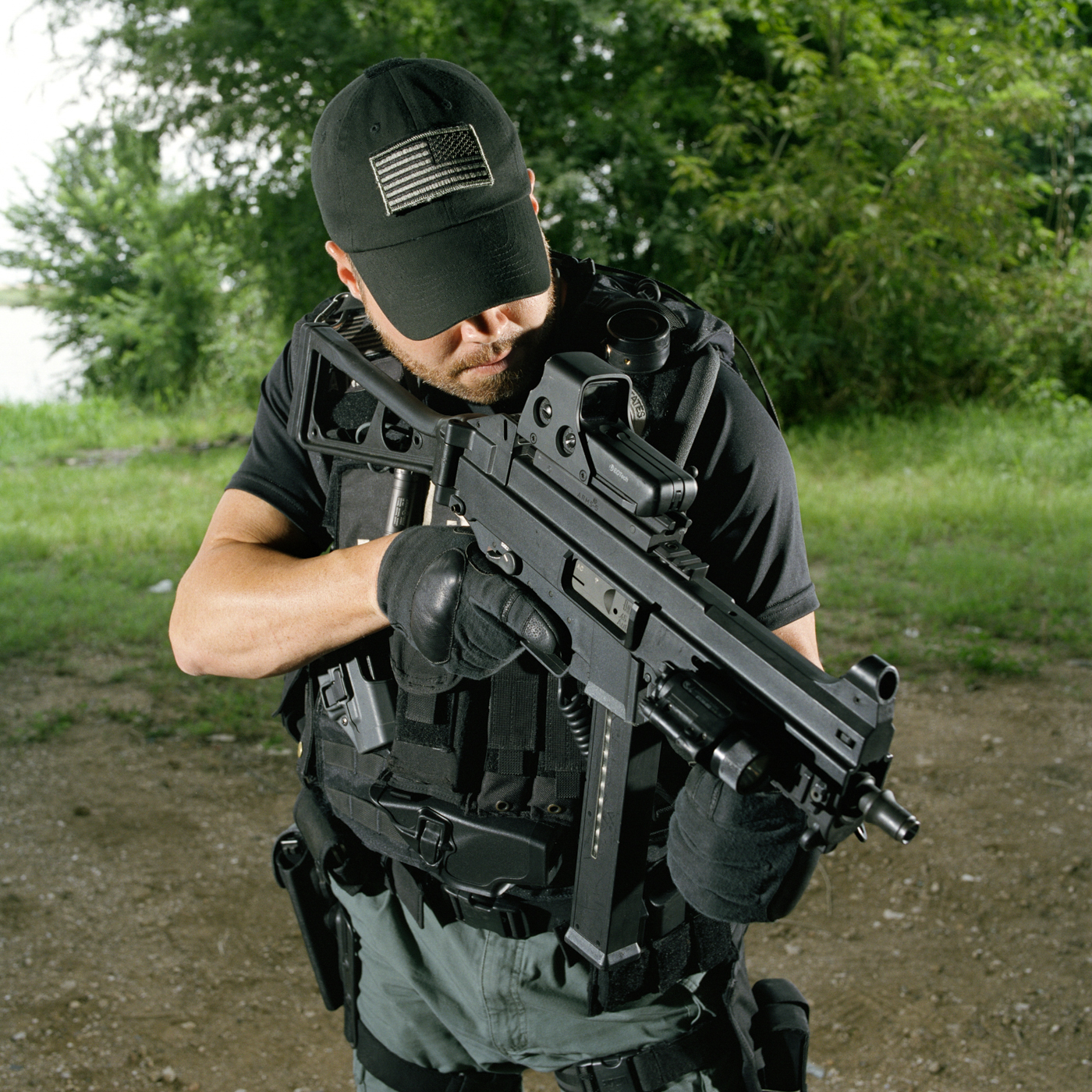The Article.
Photos by Brian Finke, courtesy of the artist and powerHouse books
Back in September, we ran a couple of images from Brian Finke's hard-edged new book US Marshals in our True Crime Issue. Last night, a show featuring the pictures opened at ClampArt, a gallery for new photography in Manhattan, and tonight you can finally go buy your own copy of the book and get it signed by Finke himself at the powerHouse Arena in Brooklyn.
A lot of photo books come out these days, but this one is worth your time: Finke embedded with his subjects while they went on raids, and the resulting narrative reads like an action flick. Plus, what's a more exciting or suspenseful image than a hostile looking lady with a gun in the smoke-filled cabin of an airplane? I recently had a chat with Finke about how he put all this together.
VICE: I understand the project involves a childhood friend of yours who became an Air Marshal?
Brian Finke: He was a friend from high school who later became a Marshal in Houston. I used to play music with his brother-in-law. He is the man on the front cover of the book, and the featured interview in the book is with him as well. I went to his office in Houston and got permission to do a book on him—I think they were open to the press because of the acknowledgment that my work could provide. Also, the new book is coming out on [the US Marshals'] 125th anniversary.

It seems like technical quality is important to you. Is it film or digital?
This was my transitional project. I started on film but over time switched to digital.
No, I consistently cropped all the images to squares. I feel that it lends them more formality. I also frequently use a flash that creates an uncertainty as to whether an image is real or staged. I am interested playing with the spontaneity of reportage—making images that appear more formal and structured than ordinary documentary images. I like my images to question reality.

Would you call this a documentary series?
I call myself a documentary photographer. I like working in that tradition but sometimes I direct a moment, sometimes I capture it. I do color correction and other minimal changes but I don't move pixels.

Do you think you are telling the truth about these people, or are they characters that represent an idea you're trying to communicate?
When I chose to recreate something, it's because it's something I've seen happen before. I don't ask anyone to do something they wouldn't do anyhow, but sometimes it takes more time to capture the image I want. I always try to stay true to the subject.

A lot of what I'm interested in shooting is traditionally journalistic in terms of subject matter, but seen in a way that does not adhere to a traditional documentary style.
Since making this series, I've gotten a number of requests to do stories related to guns. WIRED sent me on an assignment to go photograph John McAfee. Three days after I came back to NY, he went on the run when he was accused of killing his neighbor in Belize.

I love photographers like Eugene Richards, Eugene Smith, and Gilles Peress. Magnum photography is where I fell in love with taking pictures. I love that kind of subject matter but am interested in a less traditional style.

Sometimes you went along with the Marshals on real calls. Did the people they were investigating agree to be photographed?
I would never show anyone's face. The project is about the Marshals themselves. So I left any subjects standing by or people under arrest anonymous. I definitely saw the underbelly of everywhere we went.

Tell me something crazy that happened.
They were going to arrest this woman who was accused of human trafficking. It was just north of LA. They went to an apartment complex, where they were going to bust a prostitute. She was wearing a lime-green tube top and high heels, and there was a massage table and everything. The Marshals tend to have an funny and sarcastic sense of humor—I think their job would get really dark if they didn't have a sense of humor about it. An undercover Marshal had to pretend to be a part of this complex, and had to lie down on the massage table. All the Marshals were joking about how disgusting it was. They asked her to check on the hooker while she was changing because she was the only woman around. She came out and announced that she'd gotten to see her first naked hooker.

Do they ask you to participate in things?
My assistant and I are never influencing the situation, we are always in the back seat. When they go would and hit houses we were right behind them. I love what I do; it's always unique situations and new things all the time. Sometimes it's too much, it can be a little jarring. But it is amazing to have these vignettes of such different worlds.

How does making personal work fit in with your commercial work and editorial commissions?
When I was fresh out of school, I would pitch ideas to magazines to do projects for them. Now I don't need to wait for people to fund it or support me, I just go out and do it.
One project tends to lead to another. I did a project about flight attendants, and that led to shooting a Delta campaign. After doing some work on sports, I started getting advertising commissions by Nike and other sportswear brands. To me it's ideal when projects overlap that closely.

Are your projects getting "harder" over time? Are you dealing with more tough or violent subject matter?
When I go out on a project, I have to really love it and be really honestly interested in it. I have a genuine interest in all my subjects. One project tends to play off another. My next project focuses on hip-hop honeys and the production of their videos. I'm always going down the rabbit hole.
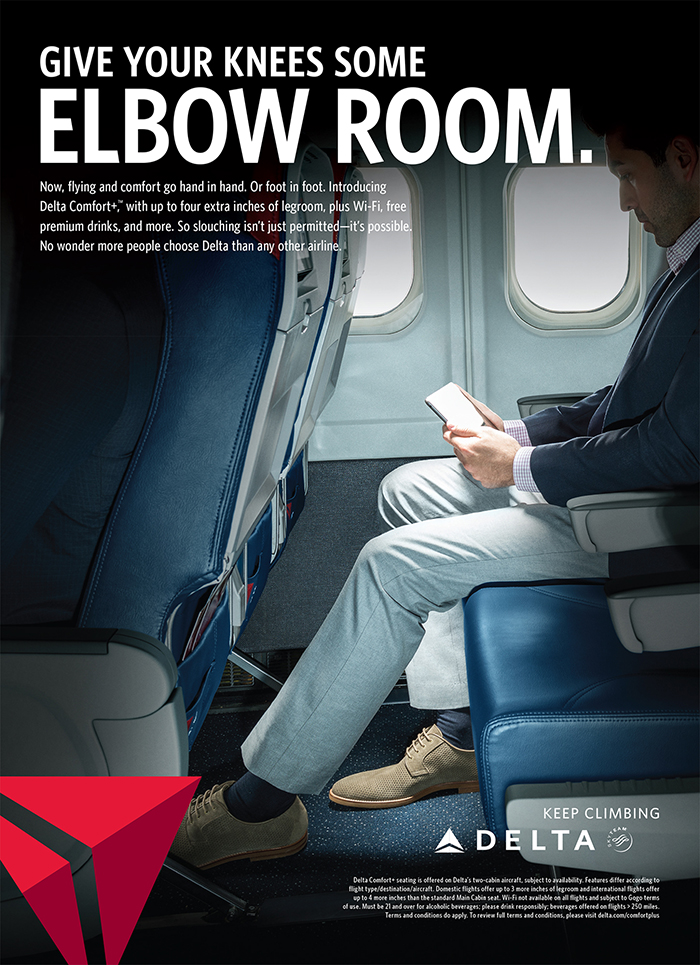
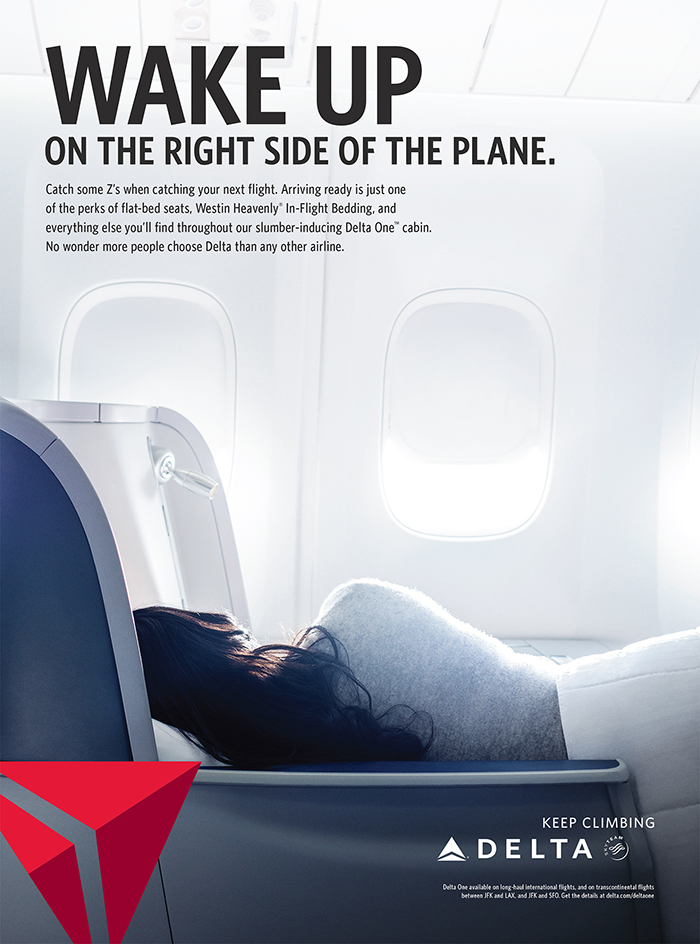












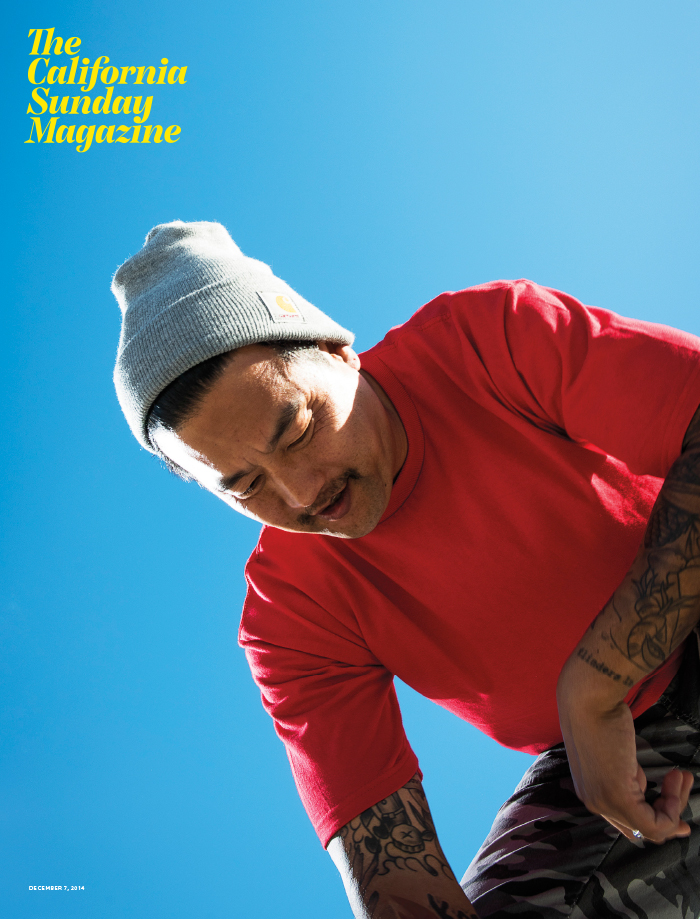
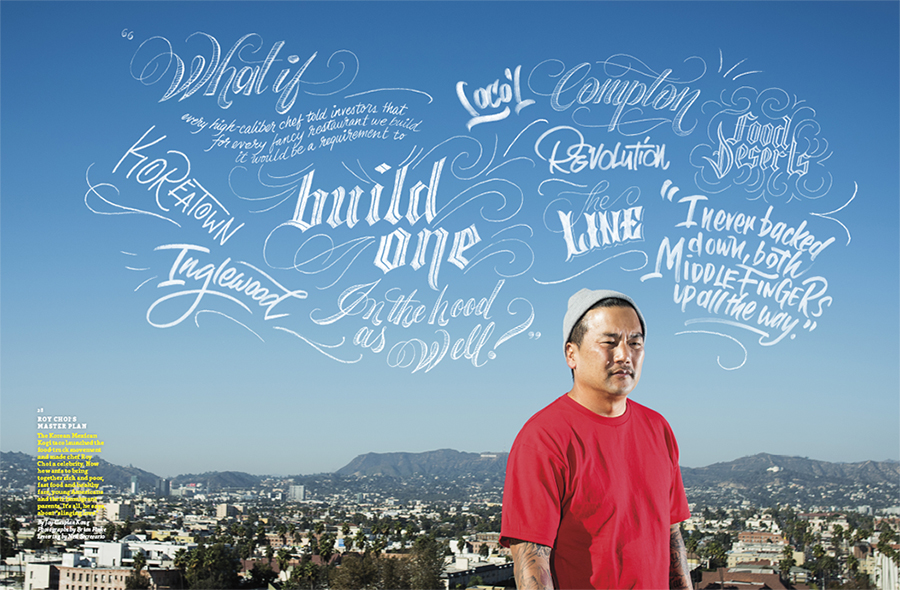




































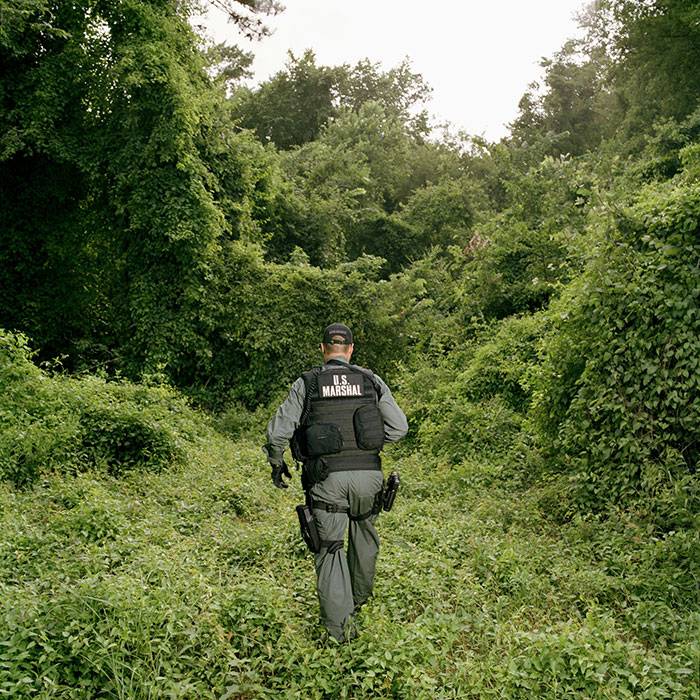 Brian Finke/PowerHouse Books
Brian Finke/PowerHouse Books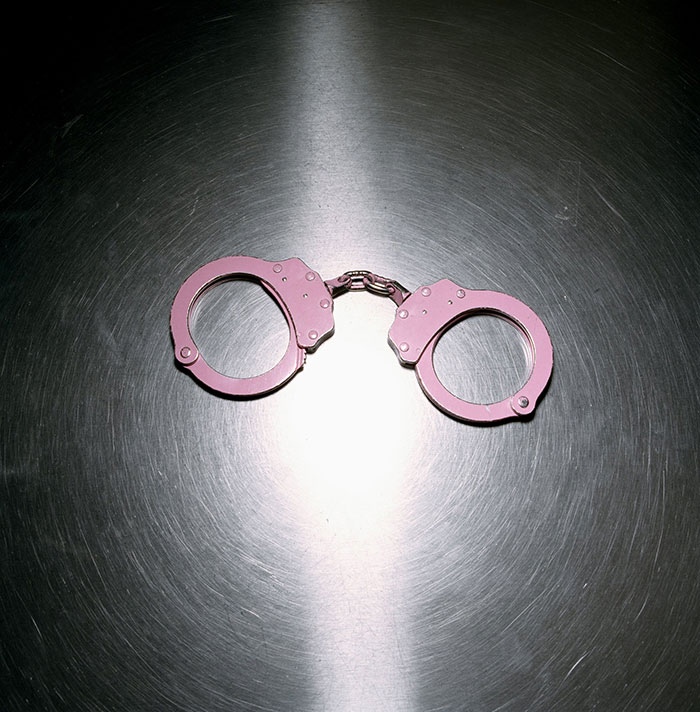 Brian Finke/PowerHouse Books
Brian Finke/PowerHouse Books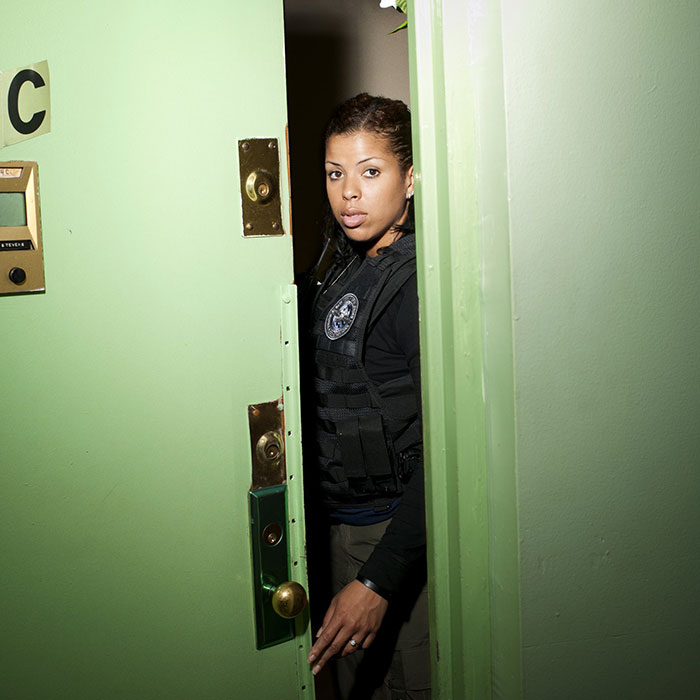 Brian Finke/PowerHouse Books
Brian Finke/PowerHouse Books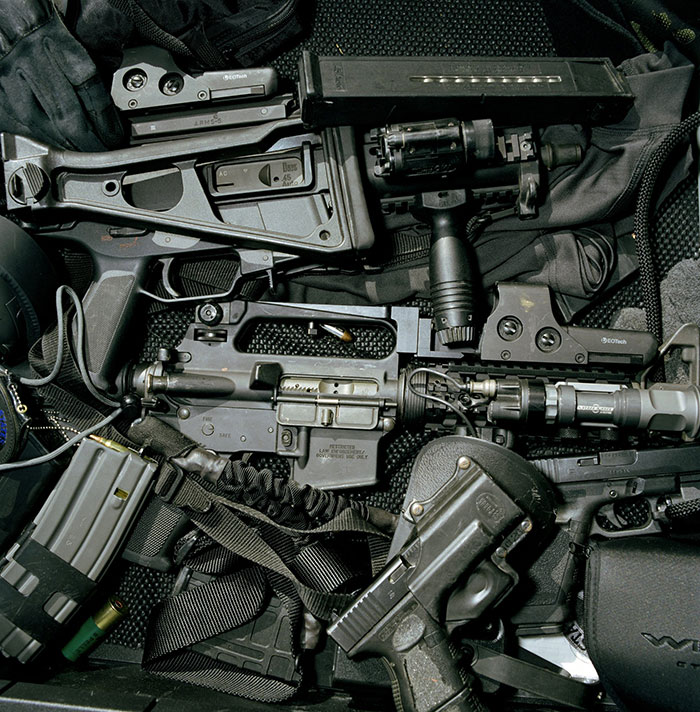 Brian Finke/PowerHouse Books
Brian Finke/PowerHouse Books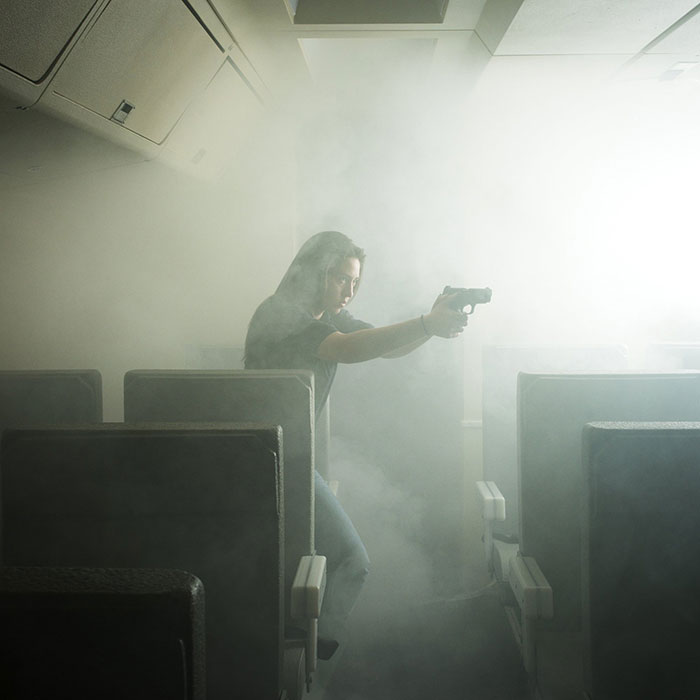 Brian Finke/PowerHouse Books
Brian Finke/PowerHouse Books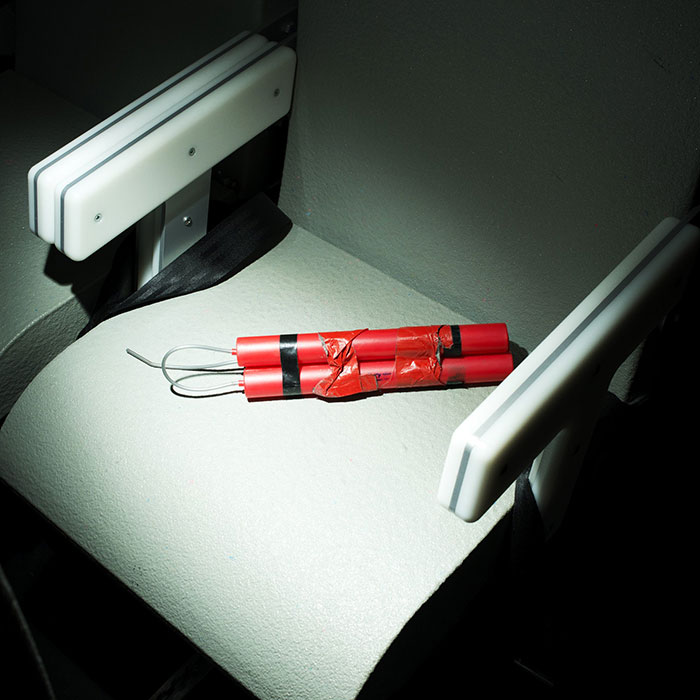 Brian Finke/PowerHouse Books
Brian Finke/PowerHouse Books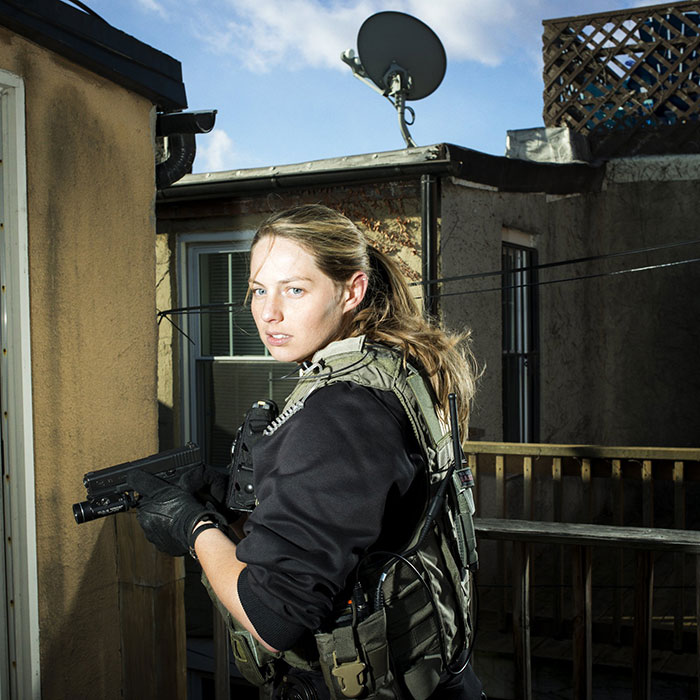 Brian Finke/PowerHouse Books
Brian Finke/PowerHouse Books